
Have you ever heard of a place where classrooms are beyond walls, boundaries and are set up just under trees? Shantiniketan has its own school, colleges and university (Bisva Bharati) where students sit in the lap of nature (no, it’s not because of poverty). That’s how students are taught to get close to mother earth. This place is so famous as a birth place of gifted and skillful artists, economists, literary figures and many more that students from outside India come here to study.

Shantiniketan, a widely-known place where you’ll find talent in every corner. If you love art, Shantiniketan will be heavenly place for you. The entire places is marked with artifacts, sculptures, murals and paintings.

My introduction to Bengali font has been done with the write-ups by Rabindranath Tagore, the magnum opus of literature. When we were growing up, we used read stories, novels written by him. We used to sing and dance on the songs written by him. We used to celebrate his birthday. Yes, that is how deep our root is with our culture. That is how we bonded with him in each step of our lives while growing up. We, Bengalis cherish our culture.

So, last time when I was at my hometown, we planned to visit Shantiniketan, a place created by Rabindranath Tagore. It is situated 161 kilometers away from Kolkata. If you are planning, please avoid Wednesday and Thursday/ Tuesday as major places will be closed.
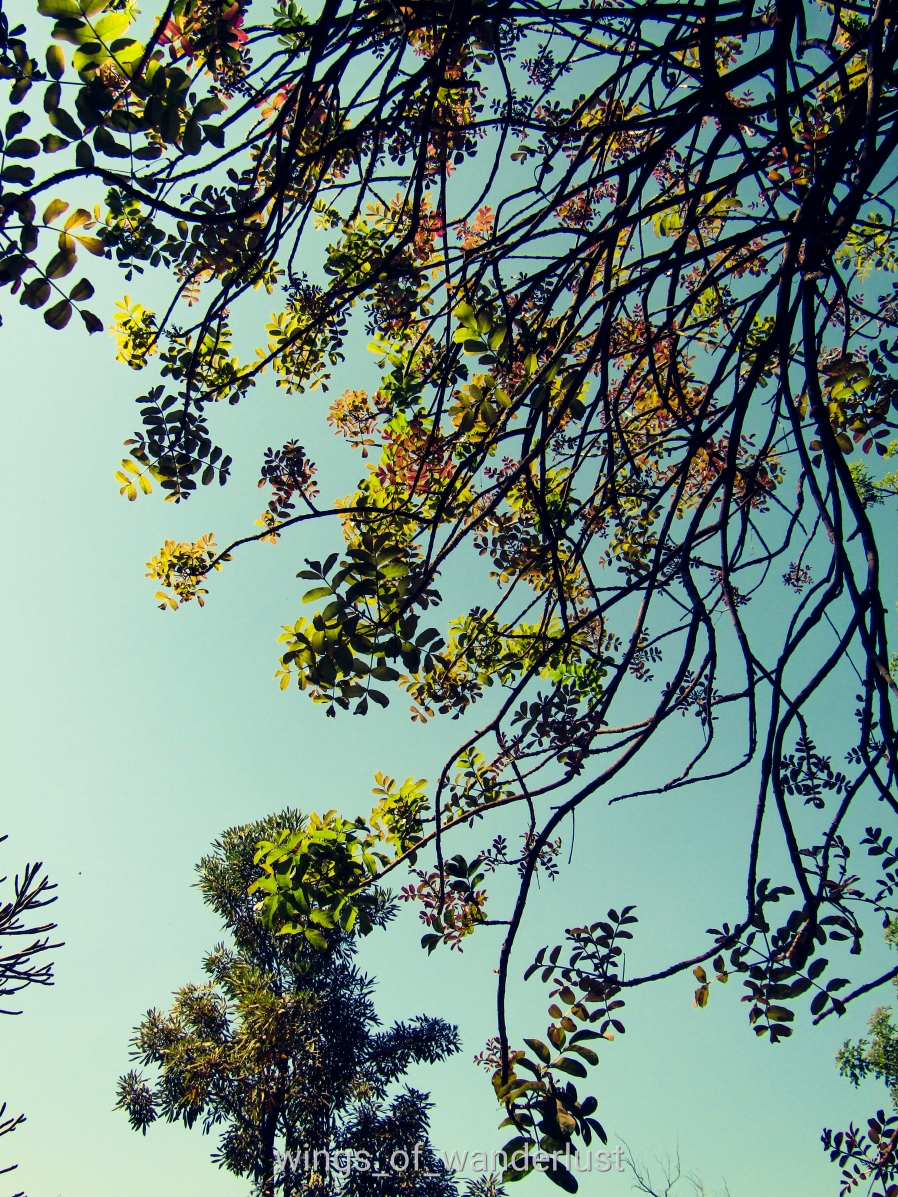
As in school, we we were taught about poems and articles about Shantiniketan written by the Nobel laureate, the place did not seem new to me even though it was my visit for the first time.

Uttarayan: This is a place where the great poet used to stay. Now it is a museum that takes care of the belongings of Rabindranath Tagore. There are five buildings: Udichi, Udayan, Konarka, Shyamali and Punascha.
- Udichi
- Udayan
Banyan Tree: I have seen the picture of this tree in the first book I have ever held: Sahajpath.

Talgachh: The famous Bengali poem, “Talgachh” was written about this tree.

Upasana Griha: This prayer hall is made of Belgium glasses.

Chhatimtola: Father of Rabindranath Tagore and famous philosopher, Debendranath Tagore used to meditate here.
Sangeet Bhavan / Kalobari: Art of Nandalal Bose, pathfinder of Modern art, can be seen here. This house is made of mud and coal-tar.

Kalabhavan: Kalabhavan is a remarkable institution of visual art. It will be completing 100 years of establishment next year.
Sculptures by Ramkinkar Bej:
Murals on Glass tiles :
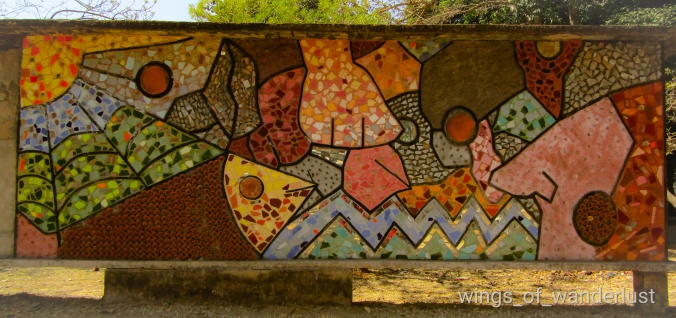
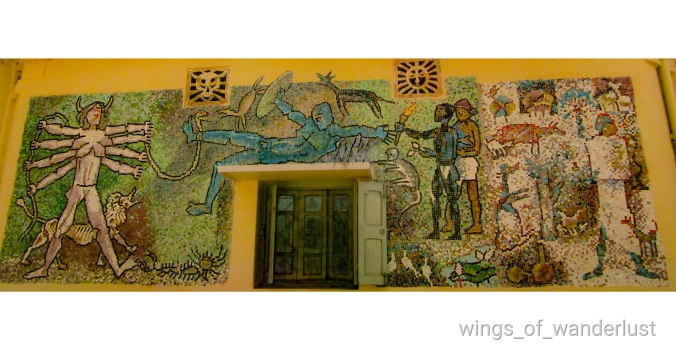
Shantiniketan/ Tagore House:

Khoai-er Hat: If you want to experience the flavor of rural Bengal, visit Khoai-er hat on Saturday. It’s a market place near Khoai where you can buy local snacks, artifacts, clothes and enjoy folk dance and songs.

Nobel Prize Winner Amartya Sen’s house:

Kankalitala: According to Hindu mythology, when Mahadev started to do Tandav, this is the place where mid-riff of Sati has dropped causing it to be one of the 51 Sati-peeths. It is 8 kilometers away from Shantiniketan.

And here I am with the black lady:

For further travel related queries, you can always follow (the “Follow me” Button on the right) and contact me. I can help you to make a plan or provide contact details.
Follow me here to know more about my travel-stories: https://www.instagram.com/wings_of_wanderlust/





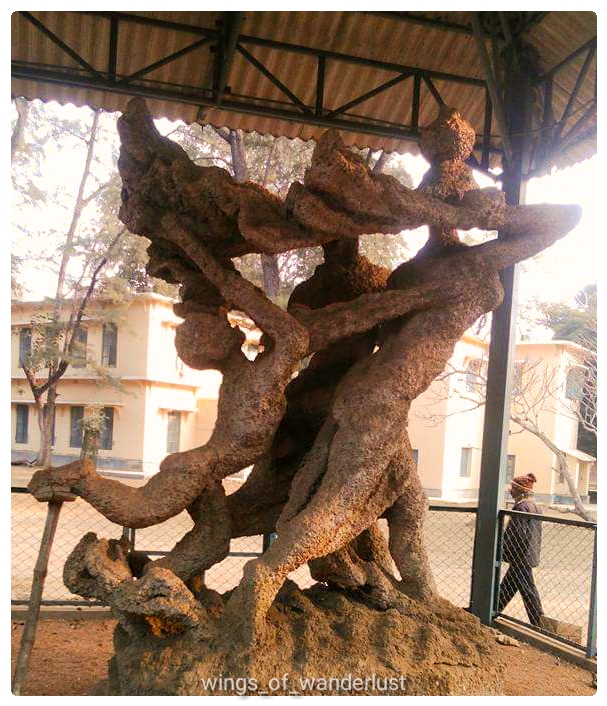
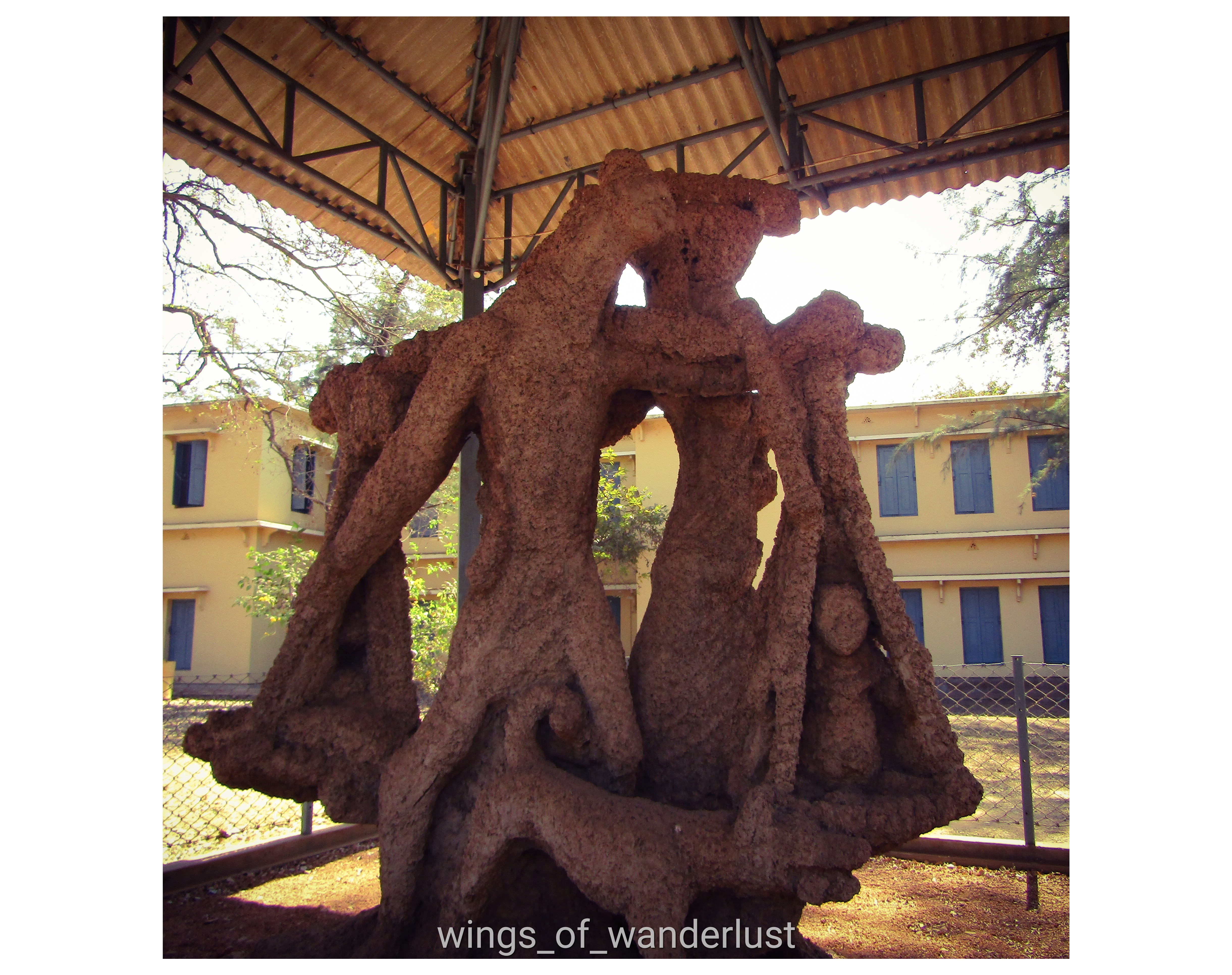

Since reading Nirad C Chauduri’s ‘Thy Hand Great Anarch’ many years ago, I’ve always been interested in Tagore. I enjoyed some of his poetry (not Gitanjali) and found him an interesting man. I wonder if you might have provided us with more information about the heritage of Tagore – a quintessentially Bengali influence
Cheers P.
LikeLike